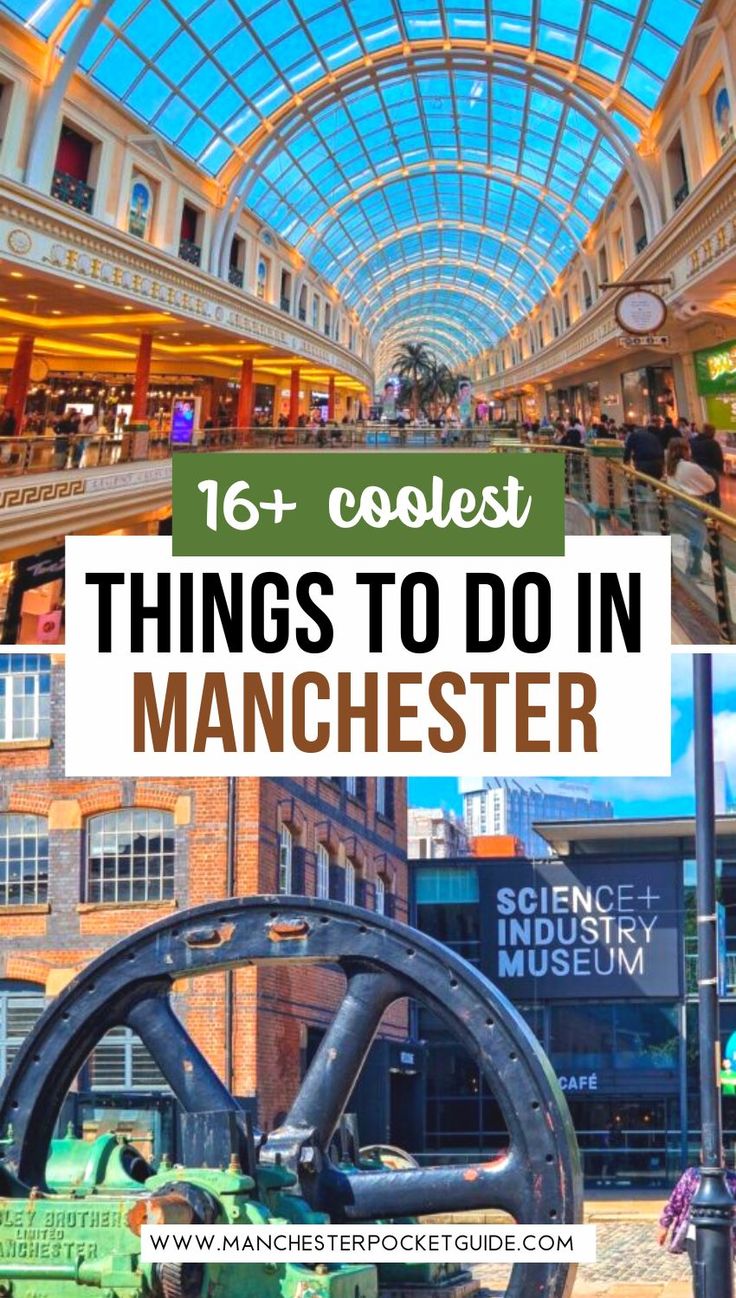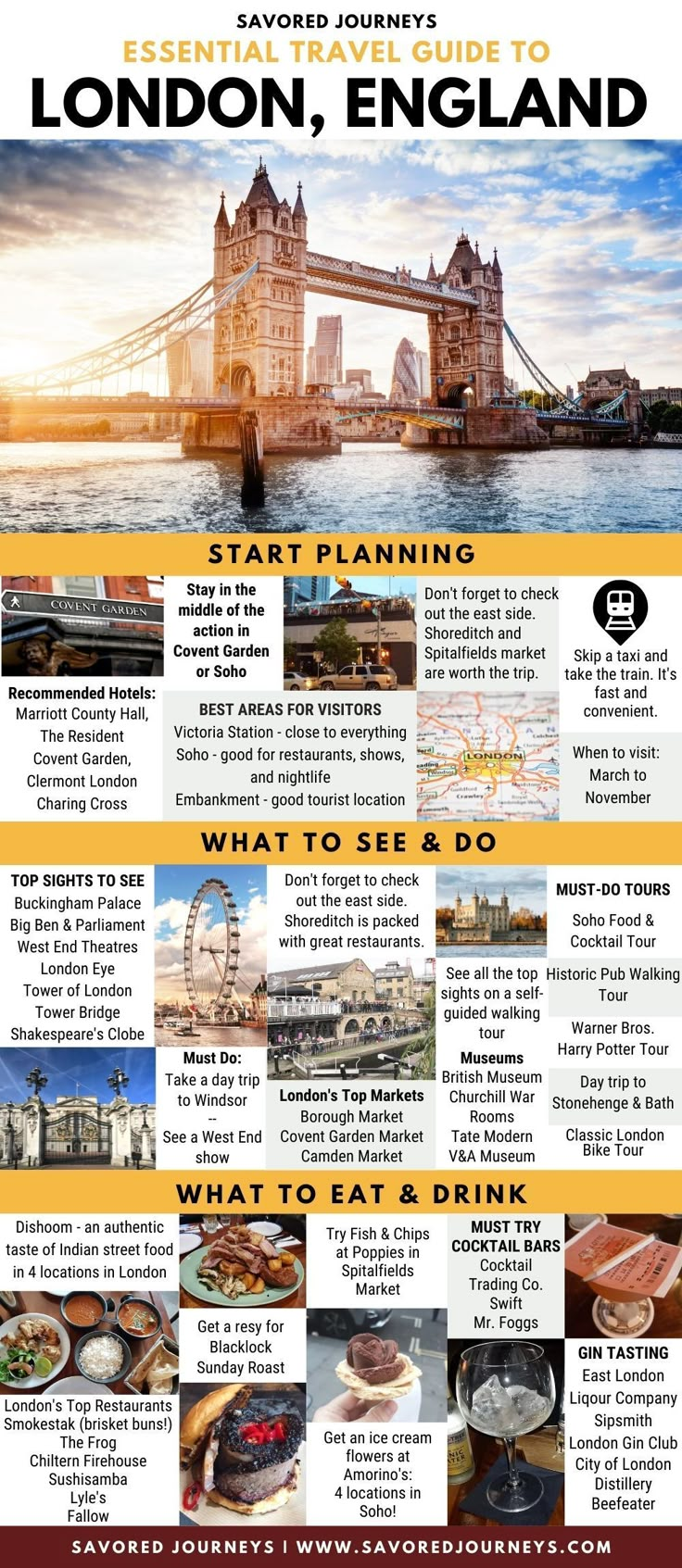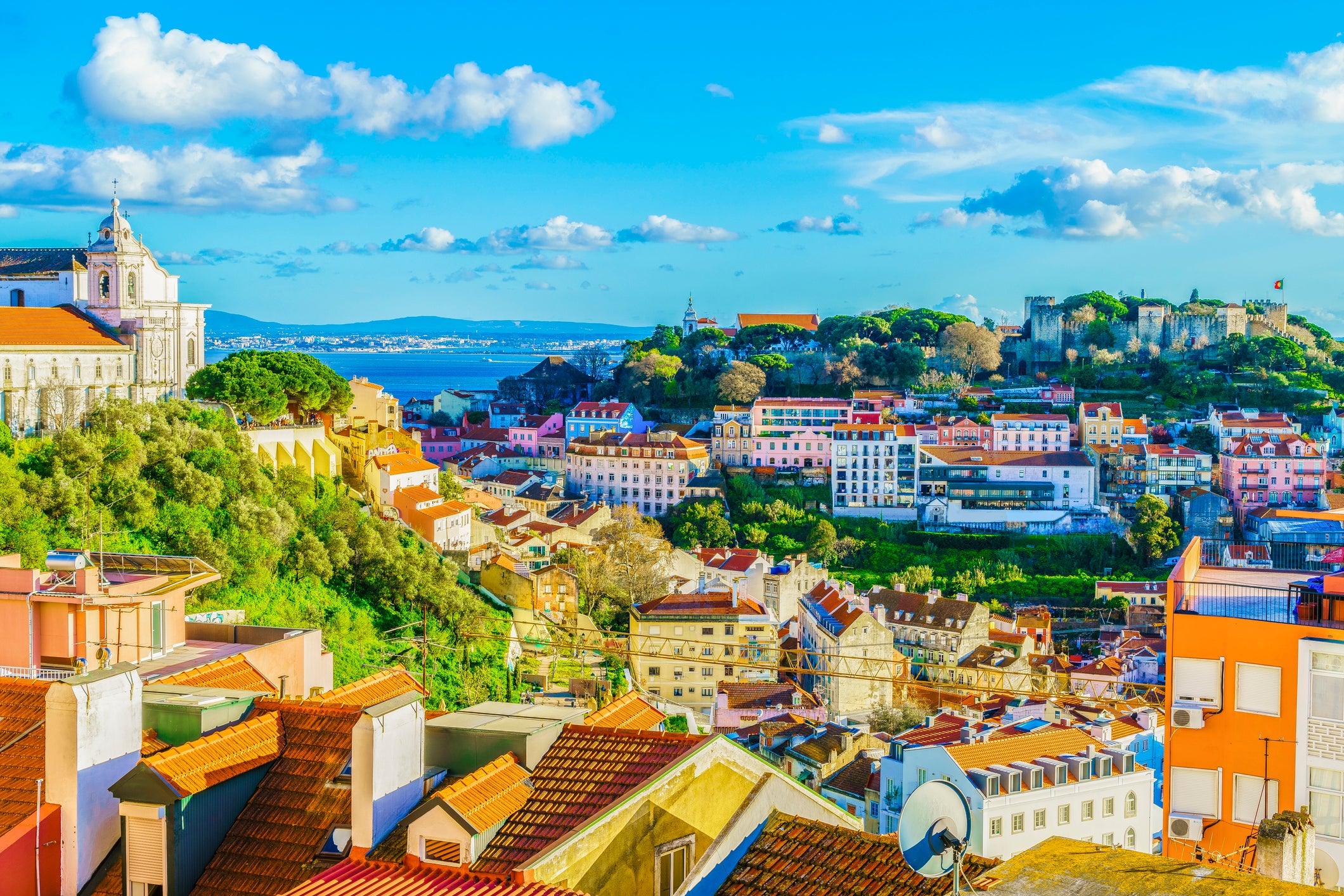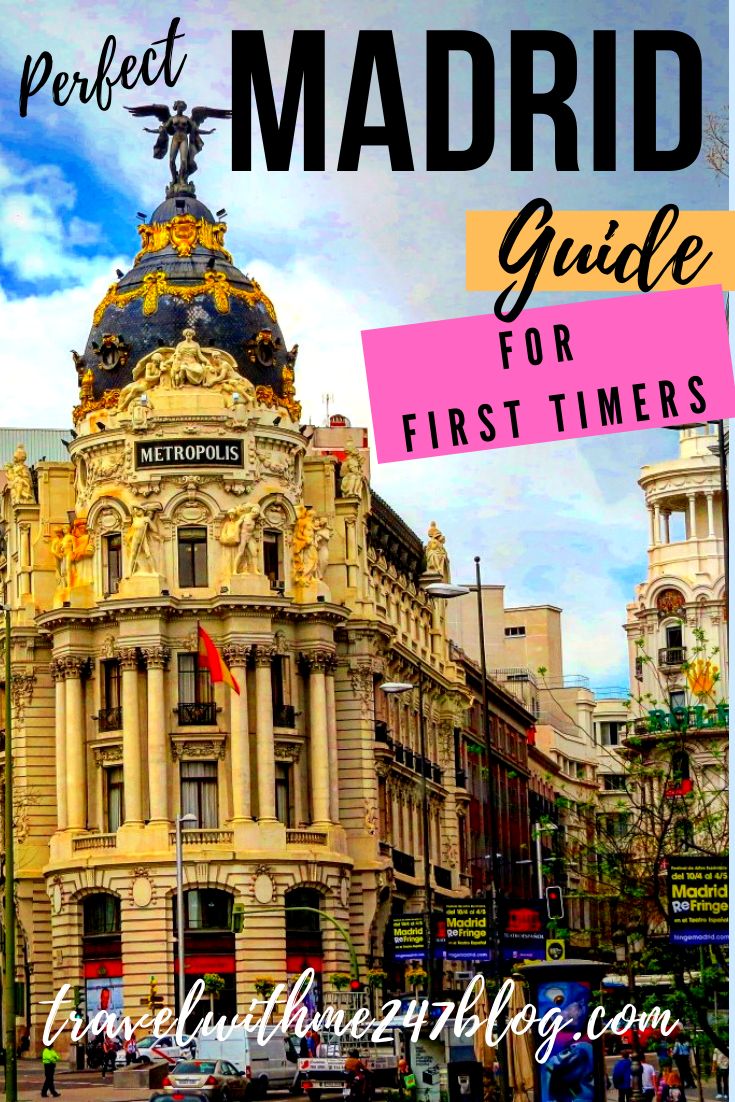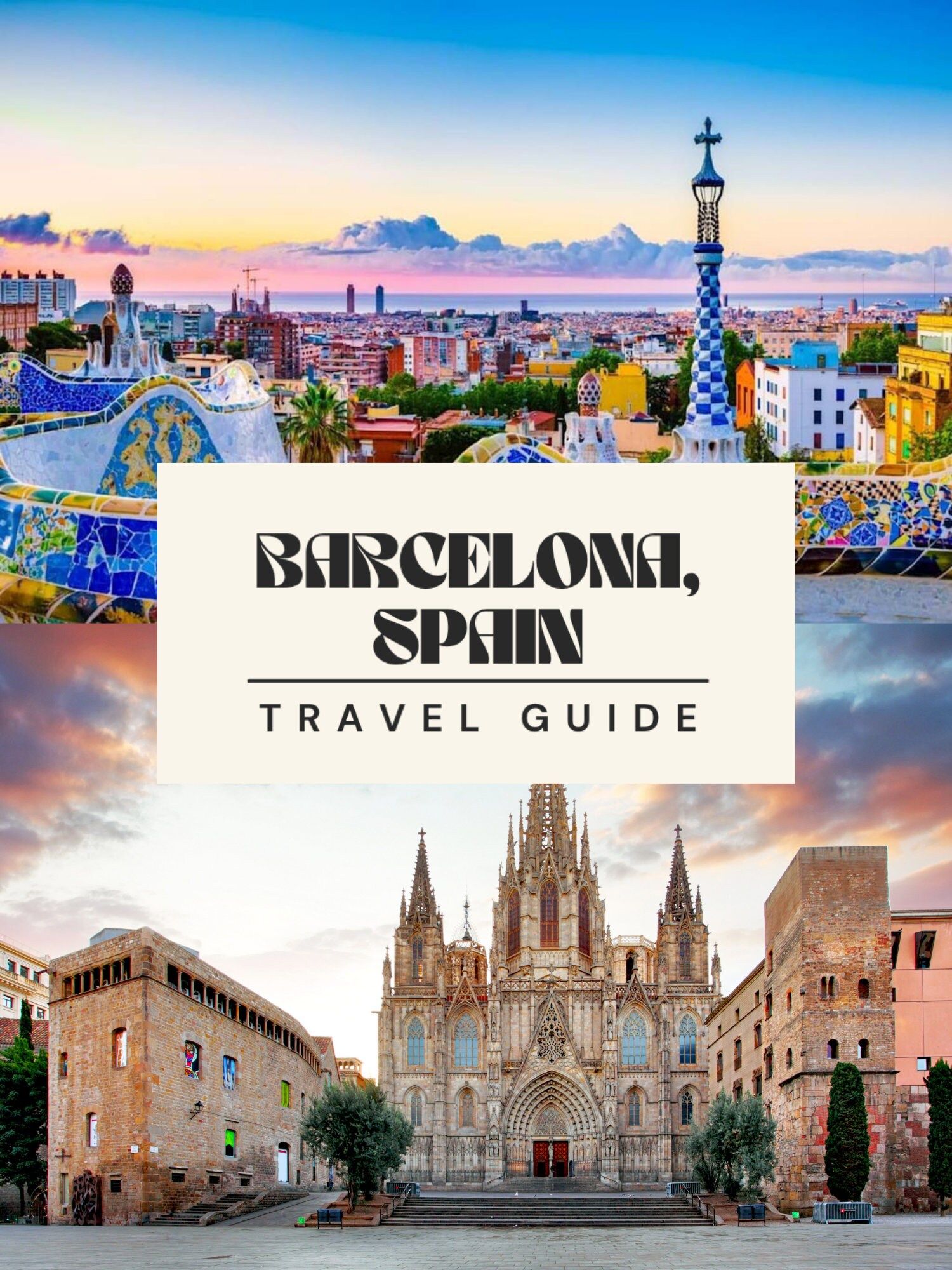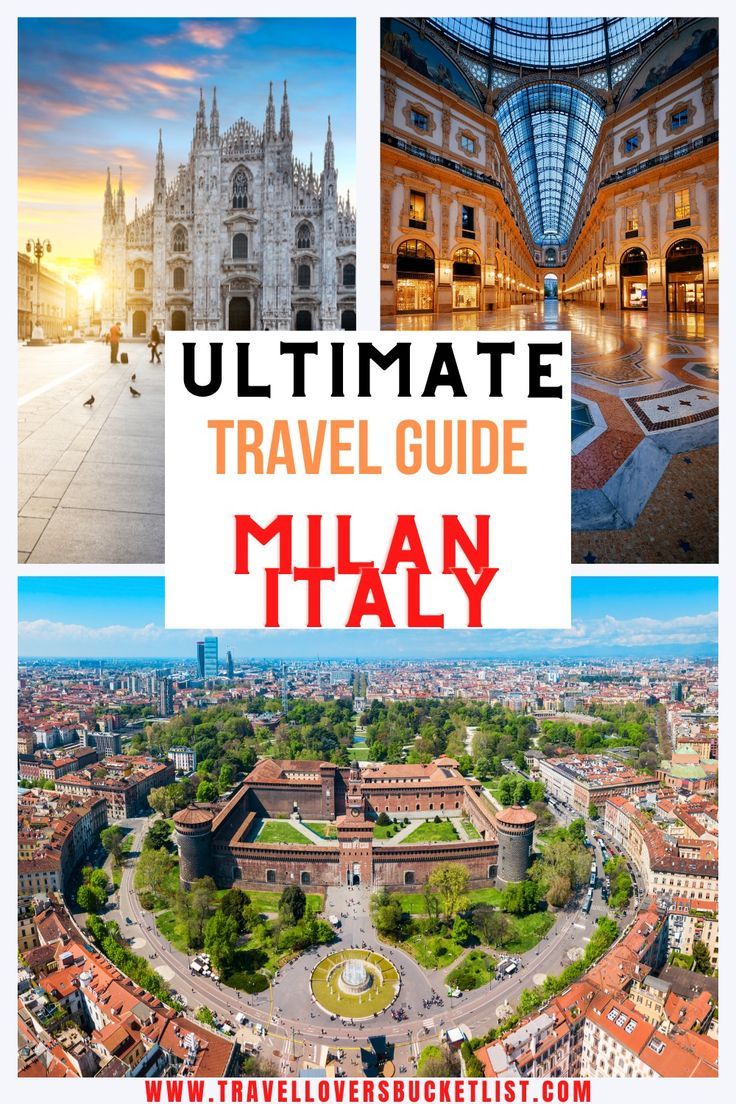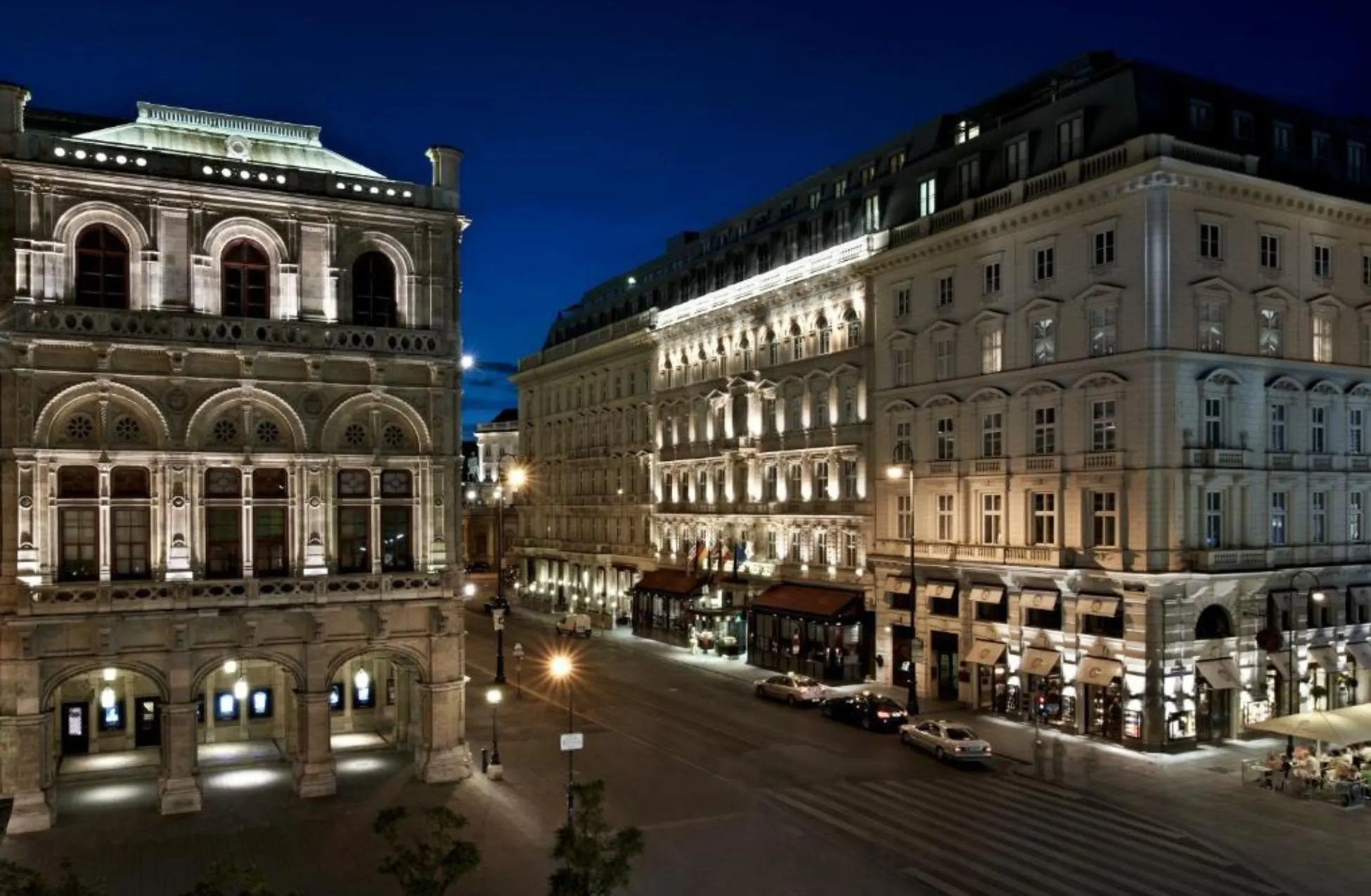
Vienna, the former capital of the mighty Habsburg Empire, is a city that whispers tales of emperors and empresses, resonates with the melodies of Mozart and Strauss, and dazzles with Baroque splendor. It’s a metropolis where history isn’t just preserved; it’s a living, breathing part of daily life, seamlessly interwoven with cutting-edge design, vibrant art scenes, and a dynamic culinary landscape. For the discerning traveler, choosing a hotel in Vienna isn’t merely about finding a place to sleep; it’s about selecting an experience that complements the city’s unique charm, whether it’s a grand dame steeped in history, a minimalist design marvel, or a cozy boutique offering personalized service.
This article delves into the heart of Vienna’s hospitality, exploring its most exquisite hotels, alongside a comprehensive guide to its history, main attractions, essential travel tips, the best time to visit, delectable local food, and convenient transportation options, ensuring your Viennese sojourn is nothing short of imperial.
A Tapestry of Time: Vienna’s Enduring History
Related Articles about Vienna: Where Imperial Grandeur Meets Modern Luxury in an Unforgettable Stay:
- Lisbon: A City Steeped in History, Bathed in Sunlight, and Bursting with Charm
- Italy: A Journey Through Timeless Beauty and Enduring Charm
- The Empire State of Wonders: Unveiling the Best Places to Visit in New York
- Aotearoa Beckons: Unveiling the Top Things to Do in New Zealand
- The Enchanting Heart of Europe: A Comprehensive Travel Guide to the Czech Republic
Vienna’s story is a long and illustrious one, dating back to Roman times when it was known as Vindobona. Its true rise to prominence began in the Middle Ages, but it was under the Habsburg dynasty, who ruled for over six centuries, that Vienna blossomed into one of Europe’s most powerful and culturally significant capitals. From the 13th century until the end of World War I in 1918, the Habsburgs presided over a vast empire, leaving an indelible mark on Vienna’s architecture, arts, and very soul.
The city became a crucible for intellectual and artistic movements. The Baroque era saw the construction of magnificent palaces like Schönbrunn and Belvedere, and the Ringstrasse, a grand boulevard encircling the Innere Stadt (inner city), was built in the mid-19th century, replacing medieval city walls with a showcase of opulent public buildings, museums, and private residences. This period fostered geniuses like Mozart, Beethoven, Strauss, and Freud, cementing Vienna’s reputation as a global center for music, psychoanalysis, and art. The city’s coffee house culture, born in the 17th century, evolved into an institution, serving as salons for thinkers and artists.
This rich history is palpably present today. Many of Vienna’s top hotels occupy former palaces or grand residences, their walls echoing with centuries of stories, offering guests a direct connection to this imperial past.
Vienna’s Crown Jewels: Main Attractions
Vienna’s allure lies in its ability to transport visitors to a bygone era while offering a wealth of contemporary experiences. The main attractions are largely concentrated within or easily accessible from the city center, making it a joy to explore.
- Schönbrunn Palace: The former imperial summer residence, a UNESCO World Heritage site, boasts 1,441 rooms, stunning Baroque architecture, and sprawling gardens, including the Gloriette and the world’s oldest zoo.
- Hofburg Palace: For centuries the principal imperial palace, it now houses the Imperial Apartments, the Sisi Museum, and the Spanish Riding School, where the famous Lipizzaner horses perform.
- St. Stephen’s Cathedral (Stephansdom): A Gothic masterpiece with its distinctive multi-colored tiled roof, offering panoramic views from its South Tower.
- Belvedere Palace: Home to Gustav Klimt’s "The Kiss" and other masterpieces of Austrian art, set within two magnificent Baroque palaces and gardens.
- MuseumsQuartier (MQ): One of the largest cultural complexes in the world, combining Baroque buildings with modern architecture, hosting museums like the Leopold Museum (Schiele, Klimt) and the MUMOK (modern art).
- The Vienna State Opera (Wiener Staatsoper): A world-renowned opera house, offering daily tours and accessible standing-room tickets for performances.
- Prater: A vast public park, famous for the Wiener Riesenrad (Giant Ferris Wheel) and its historic amusement park.
- Naschmarkt: Vienna’s most popular market, offering a vibrant mix of food stalls, restaurants, and antique sellers.
- The Ringstrasse: A magnificent boulevard encircling the Innere Stadt, showcasing architectural gems like the Parliament, City Hall, Burgtheater, and the Museum of Natural History and Art History.
Where Grandeur Meets Comfort: Top Hotels in Vienna
Vienna’s hotel scene is as diverse as its history, offering everything from palatial residences to sleek, modern sanctuaries. Many of the most celebrated establishments are located within or very close to the Ringstrasse, providing easy access to the city’s main attractions.
The Grand Dames: A Taste of Imperial Opulence
-
Hotel Sacher Wien: Arguably Vienna’s most famous hotel, the Sacher is synonymous with luxury and history. Opened in 1876, it’s the home of the original Sachertorte. Located directly opposite the State Opera, its rooms are sumptuously decorated with antiques, original artworks, and crystal chandeliers, offering an unparalleled sense of imperial grandeur. Its two restaurants, including the Michelin-starred Rote Bar, and the elegant Blaue Bar, are institutions themselves. A stay here is a journey back in time, with every modern comfort.
-
Hotel Imperial, a Luxury Collection Hotel: Another legendary Ringstrasse hotel, the Imperial was originally built in 1863 as a private residence for Duke Philipp of Württemberg before being converted into a hotel for the 1873 World’s Fair. Its ornate facade and interiors are breathtaking, featuring marble, frescoes, and a grand staircase. The spacious rooms and suites are adorned with antique furnishings and silk wallpaper, offering a truly regal experience. It’s known for its impeccable service and its Michelin-starred restaurant, Opus.
-
Palais Coburg Residenz: For those seeking ultimate exclusivity and space, Palais Coburg offers a unique proposition: all-suite accommodation within a stunning 19th-century palace. Set slightly back from the Ringstrasse, it boasts an impressive wine cellar (one of the best in Europe) and the renowned two-Michelin-starred restaurant, Silvio Nickol Gourmet Restaurant. The suites are individually designed, blending historic elements with contemporary luxury, and many offer private terraces. It’s a sanctuary of calm and sophistication.
Modern Elegance & Design-Forward Stays
-
Park Hyatt Vienna: Housed in a beautifully restored 100-year-old former bank building in the heart of the Golden Quarter, the Park Hyatt offers contemporary luxury with a nod to its historic past. The spacious rooms and suites feature elegant design, high ceilings, and state-of-the-art technology. Its tranquil "Arany Spa" (with a former bank vault pool) and the "The Bank Brasserie & Bar" are major draws, providing a sophisticated urban retreat. Its location is perfect for high-end shopping and exploring the city center.
-
The Amauris Vienna: One of Vienna’s newest luxury additions (opened 2023), The Amauris is a member of the Leading Hotels of the World and immediately made a splash. Located directly on the Ringstrasse, this boutique grand hotel blends Art Nouveau elegance with modern design. Its rooms are exquisitely furnished, and its restaurant, Glasswing, has quickly gained critical acclaim. It offers a fresh, vibrant take on Viennese luxury, with a strong focus on bespoke service and a sophisticated atmosphere.
-
Andaz Vienna Am Belvedere: For a more contemporary and design-led experience, the Andaz Vienna offers stunning views of the Belvedere Palace and its gardens. Part of the Hyatt group, it embraces local art and design, with stylish, spacious rooms featuring floor-to-ceiling windows. It boasts a rooftop bar, "Aurora," offering panoramic city views, and a relaxed, vibrant atmosphere, appealing to a younger, design-conscious traveler.
Boutique Charm & Artistic Flair
-
Hotel Altstadt Vienna: Tucked away in the charming Spittelberg district, Hotel Altstadt is a true gem for art lovers and those seeking a more intimate experience. Each of its individually designed rooms and suites is unique, furnished with original artworks (the owner is a collector), designer pieces, and antique finds. It feels more like a chic private residence than a hotel, with warm, personalized service and a legendary breakfast spread. It’s a haven of creativity and comfort, slightly removed from the main tourist bustle but still centrally located.
-
Guesthouse Vienna: This stylish boutique hotel, located directly behind the State Opera, offers a fresh, modern take on Viennese hospitality. Designed by Sir Terence Conran, its rooms are bright, airy, and feature large windows, comfortable seating areas, and a complimentary minibar (including beer and wine!). Its Brasserie & Bakery serves excellent food throughout the day, and its central location is unbeatable for exploring.
Savoring Vienna: Local Food & Drink
Vienna’s culinary scene is a delightful blend of hearty imperial dishes and refined modern cuisine. A visit wouldn’t be complete without sampling these local specialties:
- Wiener Schnitzel: The iconic breaded and pan-fried veal cutlet, traditionally served with lemon and potato salad.
- Sachertorte: A dense chocolate cake with apricot jam, topped with chocolate icing. The Hotel Sacher and Demel both claim to have the original recipe.
- Apfelstrudel: Flaky pastry filled with spiced apples, raisins, and breadcrumbs, often served warm with vanilla sauce.
- Kaiserschmarrn: A fluffy, shredded pancake, caramelized and served with fruit compote (often apple or plum).
- Tafelspitz: Boiled beef served with horseradish, apple sauce, and a side of root vegetables. A classic imperial dish.
- Coffee House Culture: An integral part of Viennese life, UNESCO-listed as intangible cultural heritage. Enjoy a Melange (Viennese cappuccino), Einspänner (espresso with whipped cream), or a Verlängerter (extended espresso) with a pastry. Historic coffee houses like Café Central, Café Hawelka, and Café Landtmann are a must-visit.
- Heuriger: Traditional Viennese wine taverns, typically found on the outskirts of the city (Grinzing, Nussdorf), serving local wines and simple, hearty food in a convivial atmosphere.
Navigating the Imperial City: Transportation Options
Vienna boasts an excellent, efficient, and integrated public transportation system, making it easy to explore.
- U-Bahn (Subway): The fastest way to get around, with five main lines (U1, U2, U3, U4, U6) covering the entire city.
- Trams (Strassenbahn): Offer a scenic way to see the city, particularly the Ringstrasse lines (1, 2, D), which circle the historic center.
- Buses: Supplement the U-Bahn and tram network, reaching areas not covered by rail.
- Walking: The city center (Innere Stadt) is very walkable, and many attractions are within close proximity.
- Vienna City Card: Offers unlimited travel on public transport for 24, 48, or 72 hours, plus discounts on attractions and museums.
- Airport Transfer: The City Airport Train (CAT) offers a non-stop, 16-minute ride to/from Wien Mitte station. S-Bahn commuter trains (S7) are a more economical alternative. Taxis and ride-sharing services are also readily available.
Planning Your Viennese Sojourn: Travel Tips
- Book in Advance: Especially for top hotels, opera tickets, and popular restaurant reservations, booking well ahead is crucial, particularly during peak seasons.
- Vienna Pass vs. Vienna City Card: The Vienna Pass offers free entry to over 60 attractions, while the Vienna City Card focuses on public transport and discounts. Choose based on your planned activities.
- Learn Basic German Phrases: While English is widely spoken, a few German phrases (Guten Tag, Danke, Bitte, Entschuldigung) will be appreciated.
- Dress Code: For the opera or upscale restaurants, smart casual or formal attire is expected and encouraged.
- Comfortable Shoes: Vienna is best explored on foot, so comfortable walking shoes are essential.
- Tipping: Tipping around 5-10% is customary in restaurants and for taxi drivers.
The Rhythms of the Seasons: Best Time to Visit
Vienna is a year-round destination, each season offering a distinct charm:
- Spring (April-May): Mild weather, blooming gardens (Schönbrunn), fewer crowds than summer, and various festivals. Ideal for sightseeing and outdoor activities.
- Summer (June-August): Warm and sunny, with outdoor concerts, film festivals, and the Danube Island Festival. Can be crowded, and temperatures can reach highs.
- Autumn (September-October): Pleasant, crisp weather, beautiful fall foliage, wine harvest festivals (Heuriger season), and the start of the opera season. Another excellent time for cultural exploration.
- Winter (November-March): Magical Christmas markets (mid-November to late December), New Year’s celebrations, and the peak of the opera and ball season. Cold, but the festive atmosphere and indoor cultural offerings are superb.
Conclusion
Vienna is more than just a city; it’s an experience, a journey through centuries of art, music, and imperial splendor. Choosing one of its top hotels elevates this experience, transforming your stay into an integral part of your adventure. Whether you opt for the historic grandeur of the Sacher, the modern elegance of the Park Hyatt, or the artistic charm of the Altstadt Vienna, you’ll find yourself immersed in unparalleled luxury and impeccable service. Combine this with the city’s breathtaking attractions, delicious cuisine, efficient transport, and well-timed visit, and you’re set for an unforgettable Viennese sojourn – a truly royal escape.



